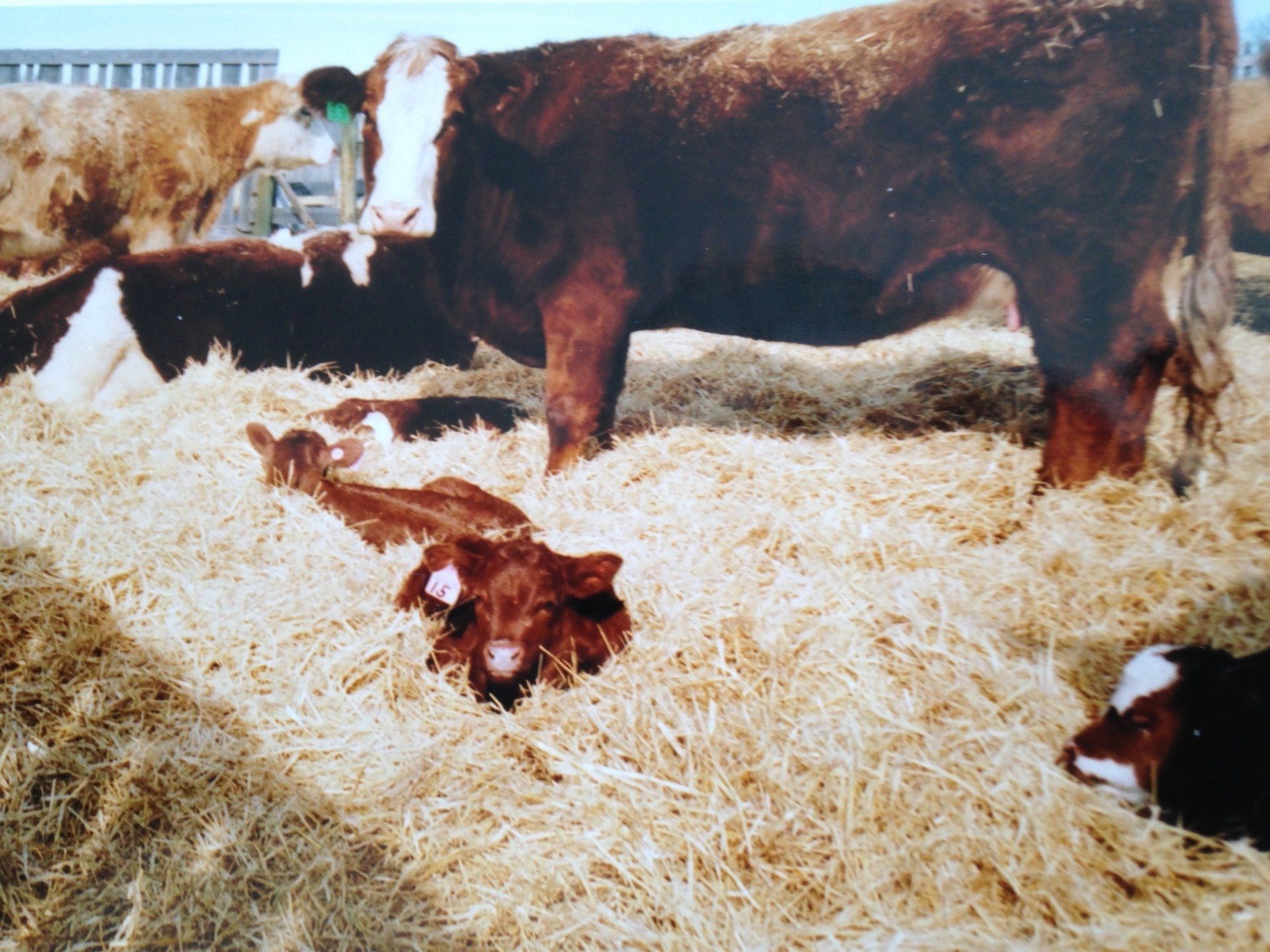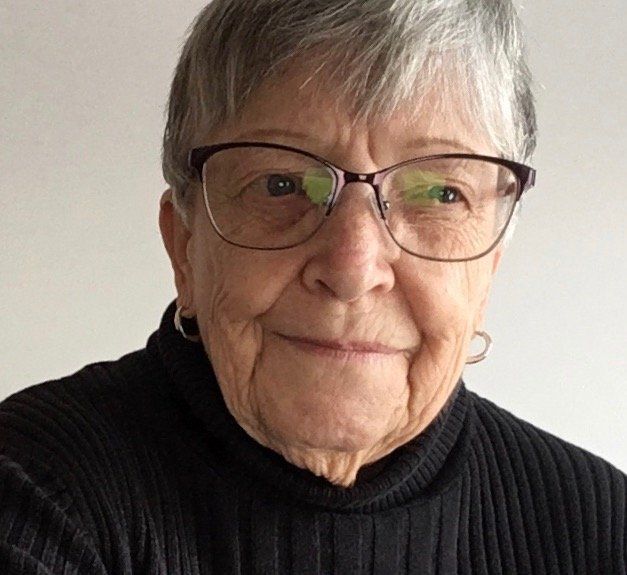Calving Time
Beth Elhard shares some lighthearted truths about calving season
"She would wait until all the others are done and the Foreman had gone to the nearby town for repairs and then decided it was a good day to have a backwards calf."
When you live in a rural community, farming is part of everyone’s life in one way or another. Either you have a farm, you’re related to a farmer, have friends that are farmers, have a business that depends on farmers, or, as in our case, are semi-retired from farming.
As a result, you can always tell when it's calving season in a rural community. The farmers have bags under their eyes and yawn when you talk to them. The roads are filled with trucks pulling stock trailers on their way home from the Vets.
Over the years my husband (affectionately known as the Foreman) and I have observed a few other truisms about calving season:
- Calving is not an exact science, but we could schedule the arrival of the first calving heifer for 6 pm on a Saturday night if we made plans to go the Agriculture Supper at 6 pm that evening. We’d both be dressed for dinner, the truck would be running and that was when the heifer that had eloped the pasture in June and had sinned with the neighbour’s new 2400-pound bull, would prance by with a “now is the time" look to attract the attention of the Foreman. If the Foreman made it to the Agriculture Supper, it was usually in time for the toothpicks.
- A March blizzard was certain to bring on a stampede of calves in the nursery. Sometimes when the snow was three feet high and rising, the pregnant heifers would just stand in line waiting their turn. And no matter how deep the bedding was in the shelters, it was a given that some heifers just had to have their birthing moment out in the privacy of a snowdrift. They considered it their right to see how far the Foreman would wade in the snow to have to bring them into the barn.
- The early calver would be the auction market cow with the April preg tag on her back. She was the one who would decide to get the whole thing over with in the January deepfreeze. The late calver was the one that liked packing around the calf that was just getting bigger and bigger. She would wait until all the others are done and the Foreman had gone to the nearby town for repairs and then decided it was a good day to have a backwards calf.
- In calving season, it also wasn’t uncommon to have a shivering calf in the basement making attempts to bond with the deep freeze. One had to be casual when they were entertaining and an occasional blat echoed up the cold air pipes. The company would suddenly begin to leave sentences unfinished and stare off into space.
- There was always the mother cow that became bitter should you venture too near her calf. It was one of those mothers that provided me with one of the most exciting times in our marriage. I had just finished reading Putting the Excitement Back into Your Marriage when I happen to glance out the window. The Foreman was up the loading chute waving frantically at me in the house. Happy that he had taken time out to wave. I waved back. The waving continued for a time. After several moments of what I took to be courtship, I noticed the cow at the foot of the loading chute, pawing the ground and looking menacingly at the Foreman. As I headed for the truck to rescue him, it occurred to me that this was not quite the kind of excitement I had hoped to put back into our marriage!
About Beth
Beth Elhard is a writer, farmer’s wife, mother and grandmother of five grandsons, and was a school librarian for eighteen years. She is an avid reader, church and choir member, volunteer, sports fan, aqua sizer, exerciser (not so much) and believes in giving back to her community. She enjoys spending time with family and friends.
Born (1941) and raised in Castor, Alberta, she and her husband Richard lived on the farm for thirty years and have lived in Castor for twenty-six years. Beth says, “We have had the best of both worlds – rural and urban.”
Beth’s column, “Wildoats and Roses,” was published regularly in Grainews and The Castor Advance. She was the editor of Castor’s history book, Beaver Tales from Castor & District, in 2012.




